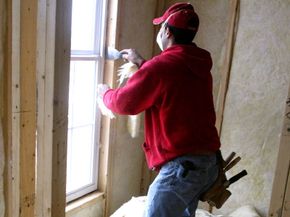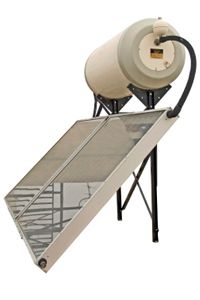As the weather gets colder, you might start to notice a draft entering your bedrooms and kitchens from the windowsills. Placing a hand near the window on a windy night can reveal -- brrr! -- the source of the draft. Even if the cold air isn't leaking in through gaps, the window itself can make the indoor air cooler. Those old single-pane windows provide only a thin glass barrier against the elements. Windows can have a significant impact on home heating costs: In the colder parts of the United States, anywhere from 15 to 35 percent of heat loss in wintertime can be attributed to poorly insulated windows [source: Shurcliff].
In other areas of the country, like the Sun Belt, the major concern is keeping homes cool in the warmer months. The summer sun penetrates windows and increases the ambient temperature in your home, forcing air conditioners to work harder. The result -- higher electric bills. So, short of blocking all natural light from your home, what can you do to save on those bills?
Advertisement
The solution to both problems is insulating your windows. A sturdier barrier between the outdoor and indoor environments will keep your home cooler in the summer and warmer in the winter.
There are many ways to insulate windows. The methods range from simple to complicated, practically free to fairly expensive, low-tech to high-tech. Adding storm windows -- or double- or triple-glazed high-performance windows - is certainly one way to go. Thermal shades, or regular drapes of the right size and thickness, can do a good job, but that may mean giving up daylight and visibility. Several companies market insulating panels and other products that you can install on the indoor side of windows. And if you're really on a low budget, don't forget the benefits of bubble wrap!
If you're ready to begin learning how to insulate windows, move onto the next section.
Advertisement



